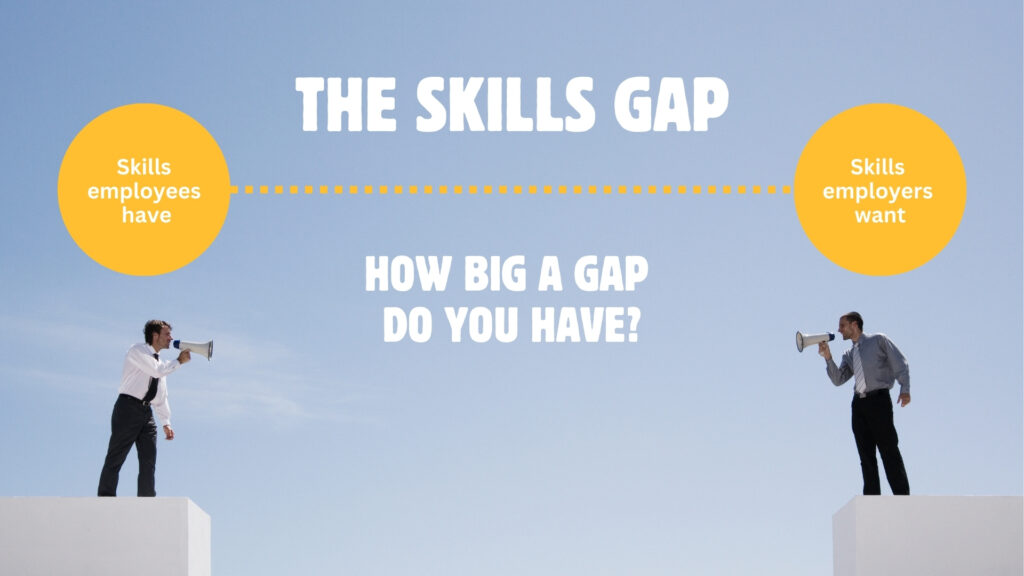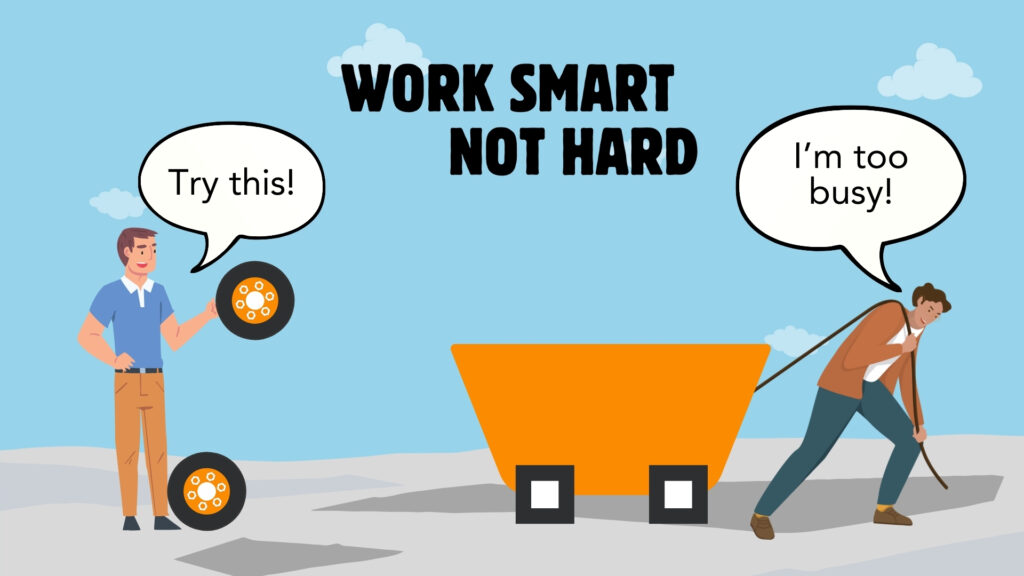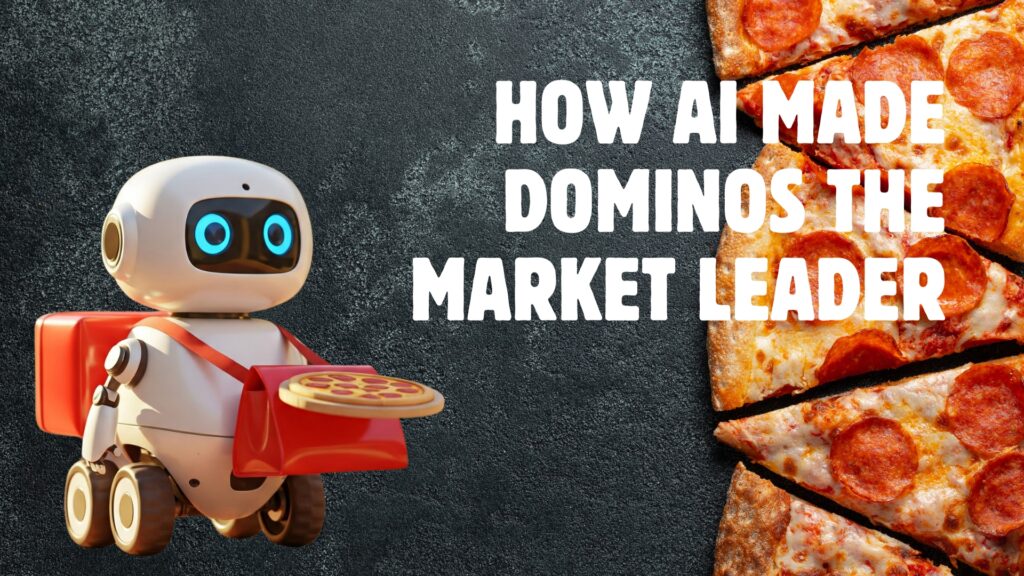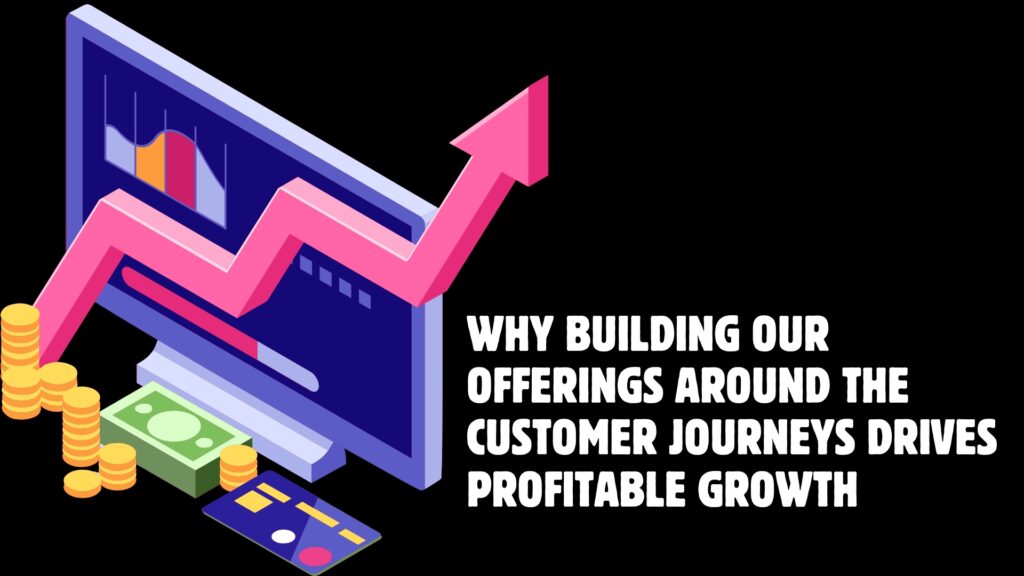Are your competitors running past you?
Summary: In today’s fast-changing and competitive landscape, organizations that fail to embrace automation risk falling behind. Manual processes create inefficiencies, increase costs, and limit scalability. Automation, when applied strategically, reduces operational expenses, minimizes errors, enhances security, and enables organizations to scale without excessive costs. Many top executives hesitate to prioritize automation, often seeing it as a complex IT initiative rather than a core business strategy. However, automation is not just about technology, it is about removing waste, improving efficiency, and ensuring the organization remains agile and competitive. Studies show that organizations implementing automation can lower operational costs by 30% and significantly improve productivity. More than 70% of organizations have already automated at least one key process, streamlined operations and reduced dependency on manual labor. This article explores how automation improves efficiency, reduces costs, and enhances decision-making, making it a strategic advantage for top executives who want to lead scalable, high-performing organizations.
Are your competitors running past you? Read More »











